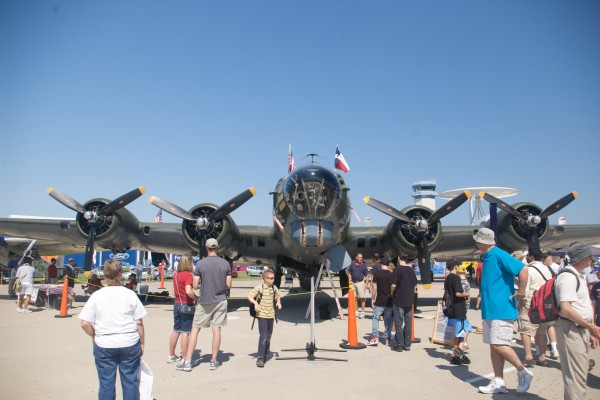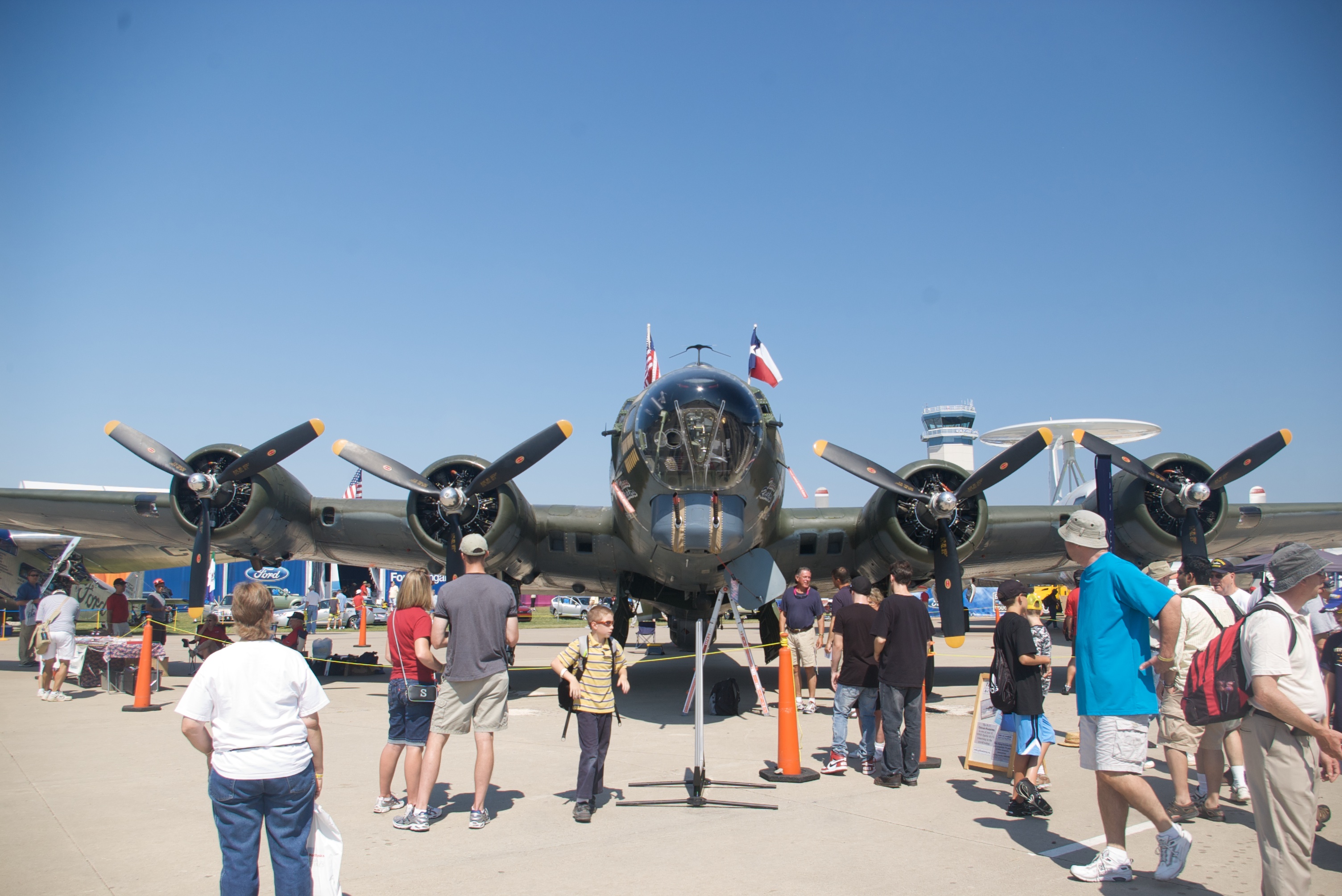 I was thinking about what I should write about today and I realized that, even though I’m not flying in, a ton of people will be flying in to Oshkosh next week. So, if you’re planning to or are interested in the arrival procedures for Airventure, read/watch on.
I was thinking about what I should write about today and I realized that, even though I’m not flying in, a ton of people will be flying in to Oshkosh next week. So, if you’re planning to or are interested in the arrival procedures for Airventure, read/watch on.
The most essential document is the Airventure Notam. It’s available in PDF and printed forms. It spans 30 pages, but clearly lays out every aspect of the arrival procedures, both IFR and VFR flights are covered. Additionally, it includes all the requisite frequencies and phone numbers. It even has a section for Canadian pilots flying Canadian registered home-builts; I’d say that’s pretty thorough. It also has information regarding flights to and from Fond du Lac and Appleton. It’s also a good idea to check out the ATC info page for a little more information regarding arrival procedures.
If you missed it, EAA did a webinar a couple of weeks ago on the topic of flying in. It runs a little over an hour and a half in length, but they go over the procedures in depth. In case you didn’t see it, here it is:
If you’re curious what the approach looks like out the window of a plane, you can ride along with Sean Elliott, EAA director of flight operations and Mac McClelland, EAA editor at large. They fly into Wittman Regional Airport in a Baron via the Oshkosh NOTAM Fisk Arrival procedure. The real benefit to this video is that it’s a little like having someone coach you through the approach as you fly it. It’s only 22 minutes long and well worth the time to watch.
So, what could be better than actually seeing the approach as it will look out your window? How about actually flying it, with a lot of other traffic? For that I recommend FS-MP’s Virtual Oshkosh 2011. It is based on Microsoft’s Flight Simulator X and will be taking place from Friday the 22nd until Sunday the 31st. The idea behind this event is to create a realistic Oshkosh experience in the sim. They require you have a microphone and use it, but in exchange you get some really nice free scenery and the chance to practice in a no risk environment that maintains a certain level of realism. In any case if you have the software, I recommend you check it out. I do quite a lot of sim flying these days and, while the sims aren’t without their quirks, with good scenery/real-world procedures it is usually pretty helpful.

